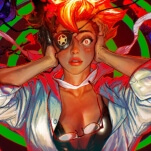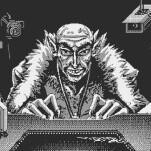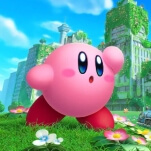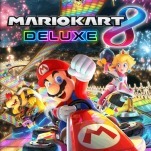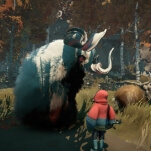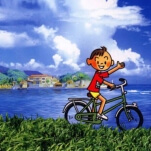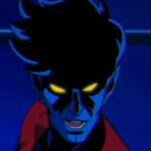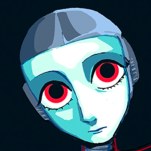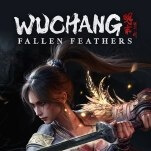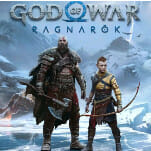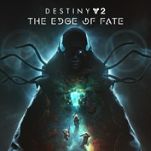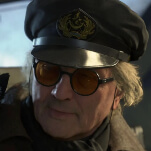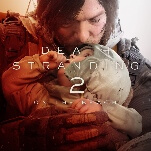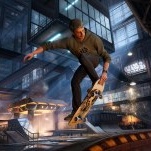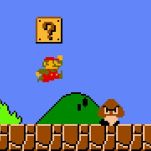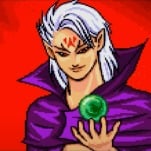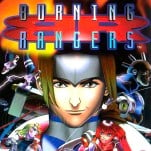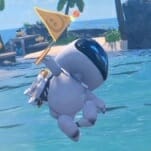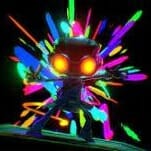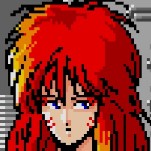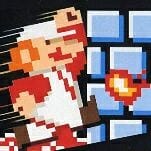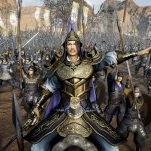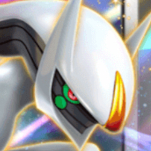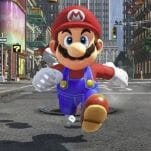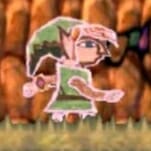10 Classic Cartoons to Watch if You Loved Cuphead
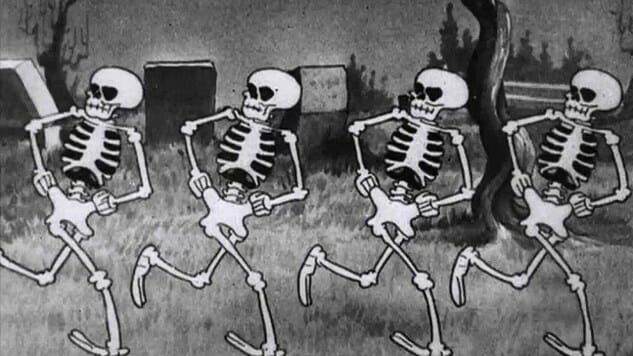
As I recently wrote here at Paste, my favorite memories of childhood are of watching old cartoons from the golden era of animation. Imagine my delight, then, when I first laid eyes on Cuphead. This vintage-inspired darling, though difficult to complete, has won over fans and critics alike, showcasing the developer’s remarkable talent for reverse engineering the style of Fleischer Studios and Walt Disney’s earliest work. I caught up with brothers Chad and Jared Moldenhauer, the duo behind Cuphead’s creation, to ask them about the cartoons that inspired the game, and find out what their favorites have been over the years. Here are ten films to watch if you want to relive the look and feel of Cuphead.
10. “Bimbo’s Initiation”
It’s by now well known that “Bimbo’s Initiation,” considered by animators as one of the best cartoons in history, served as a primary source of inspiration for Cuphead. Released in 1931 by Fleischer Studios (a favorite of the Moldenhauer brothers), the film exemplifies some of the key characteristics the Fleischer cartoons would come to be known for, from its facial expressions and goofy slapstick to its dive into dark surrealism (prompting pop critic Leonard Maltin to call it “the darkest” of all the Fleischer cartoons). Bimbo would later star in other Fleischer Studios films as well, as the boyfriend of Betty Boop, who also appears in this short and played a major role in developing the aesthetic of Cuphead. He was later phased out as the Hayes Code, a 1934 law that imposed morality standards on the production of entertainment, was enacted, as the idea of a dog dating a human woman was frowned upon.
“9. Popeye Meets Sinbad the Sailor”
Another Fleischer Studios hit was the Popeye series of cartoons, which started when E.C. Segar’s comic strip Thimble Theatre was optioned into film in late 1932. While “Popeye The Sailor,” the original cartoon that started it all in 1933 (with a cameo from Betty Boop), was a fine hit, 1936’s “Popeye Meets Sinbad the Sailor” is even more well regarded, especially for its lush, full color glory. Like many others on this list, it is also considered one of animation’s fifty best cartoons of all time, and was nominated for an Academy Award in 1936, losing out to “The Country Cousin,” a Silly Symphony. Directed by Dave Fleischer, who Chad and Jared tell me is their favorite director, the film was one of three longer cartoons billed as Popeye Color Specials, including “Popeye the Sailor Meets Ali Baba’s Forty Thieves” and “Aladdin and His Wonderful Lamp” (1937 and 1939, respectively). While the racial sensibilities of the latter two are wildly outdated, they probably served as at least partial inspiration for Cuphead segments like Djimmi the Great.
You can see elements of Popeye’s influence throughout Cuphead, but perhaps most clearly in the boss battle with Captain Brineybeard, who strongly resembles the Popeye antagonist Bluto.
8. “The Skeleton Dance”
Walt Disney and Ub Iwerks’s “The Skeleton Dance” was the first Silly Symphony, a series of technically innovative cartoons in the late ‘20s and 1930s that expanded the artistic range of the medium, and which would heavily inspire the look and feel of Cuphead. Like many Silly Symphonies, it is heavy on psychedelic and often supernatural imagery, such as that seen in the Cuphead boss fights Phear Lap and Phantom Express (scenes also reminiscent of the 1937 Mickey Mouse short “Lonesome Ghosts”). Some of Iwerks’s animation from the short would later be used in “Haunted House,” a 1929 Mickey Mouse film that also feels reminiscent of Cuphead’s macabre and spooky touches.
For another glimpse into the heavy influence of early Disney cartoons in the making of Cuphead, take a look at the 1929 film Hell’s Bells, where you’ll see characters that almost undoubtedly served as the model for The Devil and perhaps other bosses, like Grim Matchstick. You can also see more scattered throughout the Silly Symphony filmography, a chronological playlist of which you can find here.
7. “Flowers and Trees”
The brothers cite “the artistry” of Disney’s Silly Symphonies as one of the strongest influences behind Cuphead. Of the 75 cartoons that were ultimately produced in the series, the finest example might be “Flowers and Trees” from 1932. Here the background is where the art truly shines, and as you watch, take note of how well Cuphead recreates the faded watercolor look. The quality is no accident—in his talk during GDC 2017 about animating Cuphead, Jake Clark reveals that they drew the game’s characters and animations on actual paper and did real watercolor work to match the look of the era perfectly.
Originally “Flowers and Trees” was produced using a two tone Technicolor process and was 60% completed before it was scrapped and restarted in favor of using a new three tone Technicolor process instead. It would go on to win an Oscar at the 5th Annual Academy Awards for Best Short Film Subject (Cartoons) in 1932, the year the category was introduced. It serves as an early example of the anthropomorphizing that would become all but a staple of animation in the decades to come.
-

-

-

-

-

-

-

-

-

-

-

-

-

-

-

-

-

-

-

-

-

-

-

-

-

-

-

-

-

-

-

-

-

-

-

-

-

-

-

-

